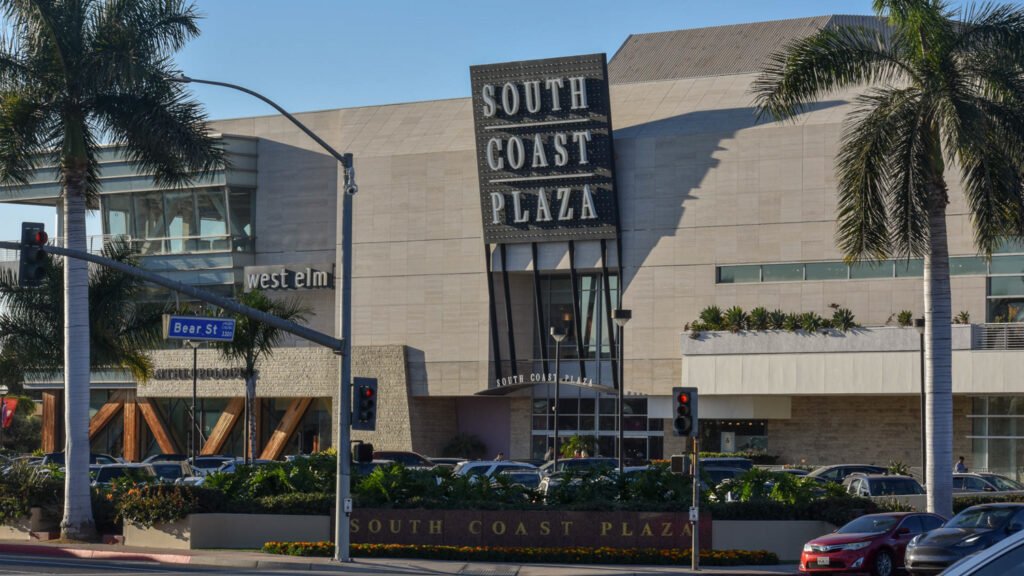As Orange County Reimagines Retail Centers, Santa Ana Plans for 1,600 New Homes
Under a bright California sun, a dilapidated shopping plaza in Santa Ana stands at the crossroads of necessity and innovation. Here, the echoes of past consumerism meet the urgent call for housing. City officials have just approved a transformative plan, set to convert this underperforming retail site near the iconic South Coast Plaza into a vibrant village, boasting nearly 1,600 homes, diverse dining options, and ample open space accessible to the public. This initiative reflects a growing trend across Orange County, where local leaders are confronting the state’s escalating housing crisis.
Reimagining Spaces in an Era of Housing Shortage
As California faces a staggering housing shortage, Orange County municipalities are under pressure to meet the state’s ambitious housing mandates. In a recent report, the California Department of Housing and Community Development revealed that Orange County must plan for over 180,000 new homes by 2030, a mandate matched by the urgent need for at least 40% of these to be affordable for lower-income families.
The proposed development, known as The Village, spearheaded by the esteemed Segerstrom family, received unanimous approval from the Santa Ana City Council. “Our city needs quality economic development, and that’s what this project will deliver,” asserted Councilman Phil Bacerra during the council meeting, reflecting a sentiment echoed by many local leaders grappling with fiscal challenges.
Economic Potential: A Dual Approach
- Job Creation: The Village project is estimated to generate approximately 9,000 jobs, over 1,000 of which will be permanent.
- Tax Revenue: The development is projected to increase annual tax revenue from about $500,000 to nearly $5.5 million.
- Community Benefit Payments: A total of $9.3 million earmarked for community projects throughout Santa Ana.
Urban development expert Dr. Emily Harrison opines, “Transforming underutilized retail spaces into mixed-use developments is more than just a housing solution; it’s about redefining how communities function. The blend of residential and commercial space meets modern needs while revitalizing stagnant areas.” Her insights come amid broader studies indicating that mixed-use developments commonly yield increased social interaction and community cohesion.
As local officials celebrated the initiative, they also hinted at a looming fiscal challenge: a projected $30 million deficit within the next four years as existing funding measures begin to wither. The increased tax revenue anticipated from The Village may provide a much-needed financial cushion for a city facing increasing demands on its resources.
Controversies and Community Concerns
Despite the optimism surrounding The Village, certain voices within the community have raised concerns about the potential exacerbation of Santa Ana’s affordable housing crisis. Members of Unite Here Local 11, a labor union representing hotel workers, have called for direct provisions for on-site affordable housing as part of the development plan.
“The city should be cautious. If we’re allowing market-rate housing to dominate, we risk pushing our most vulnerable residents further out,” warns union representative Jonah Breslau. His perspective is reinforced by a recent study from the Urban Institute, which highlights that without dedicated affordable units, localized gentrification may lead to displacement of long-term residents.
Some residents do support the initiative, seeing it as a beacon of hope for revitalization and job creation. “This development reflects what Santa Ana deserves and needs,” emphasizes Mayor Valerie Amezcua, expressing a vision of prosperity rather than impoverishment. “We’re not a ‘pobrecitos’ city; we have the potential to thrive.”
Broader Trends: The Redevelopment Boom
The Village is part of a larger pattern of redevelopment strategies emerging throughout Southern California. Last year, Santa Ana officials approved the conversion of the Metro Town Square Mall into the Related Bristol project, set to yield over 3,500 homes. Together, these overlapping transformations are predicted to provide more than 5,000 new residences in Santa Ana.
Councilman Bacerra and Mayor Amezcua maintain that Santa Ana’s ambitious developments can meet state housing targets, with plans zoning for over 3,100 homes. “We’re leading the effort for affordable housing in Orange County,” Amezcua remarked confidently, bolstered by local data indicating that roughly 59% of new units built from 2018 to 2024 were for above-moderate income families, highlighting an urgent need to correct this balance.
Future Possibilities: Hotels and Beyond
Interest has also piqued regarding potential future developments, including the possibility of building a hotel on the site. This has stirred concerns from union members about the need for environmental reviews. Bacerra, however, suggests that if such plans arise, they should be adopted through a conditional use permit allowing for oversight and community input.
As Santa Ana navigates the delicate balance between growth and equity, the path forward will hinge on their commitment to inclusive housing solutions. Will these ambitious projects fulfill the promise of revitalization, or risk repeating the mistakes of past developments that favored profit over people? Only time will tell as this evolving narrative reflects the broader challenges and opportunities intersecting in urban centers across America.





